Legendary 80s house vocalist, Robert Owens, says about house music: “It’s always been about, you know, trying to create something to make you feel good, and, in return, you know, hopefully, it would make others feel good too!”
House is one of the most influential music genres and by far the most popular genre for DJs to mix. Every sub-genre of dance music has felt its influence, and it has enjoyed a long-lasting relationship with hip hop, reaching back to the 80s. Its recent cross-pollination into every conceivable neighbouring music genre is hard to ignore. With a flick through any TikTok or YouTube feed, it quickly becomes apparent that house is all over mainstream media.
In the post-disco days of house music, energy was built purely by DJs mixing records. Outros blending into intros was a complete novelty. The response that an all-night, non-stop music mix generated was explosive! And that’s the way things stayed for a while until Pioneer dropped the CDJ-1000 in 2001 and changed the game! Overnight, DJs could set loops on-the-fly and play around with Hot Cues. Present-day house mixing owes all of its evolution to those crucial times.
Due to popular demand, we proudly present our fully comprehensive house mixing course: Your A-Z of mixing house music!
Below, we break down a contemporary mixing technique from the course, taking full advantage of the newer technologies and equipment.
Music Layering
The technique is about layering sounds from within music tracks rather than simply mixing them. To understand layering, it can be helpful to think of music as being built with three main blocks of sound frequencies.
A DJ can easily separate, isolate and boost those three frequency blocks for mixing and blending purposes. Most DJ mixers and controllers’ EQ section represents those three frequency blocks. They are as follows: the lows (200hz and below; known as bass). The mid-range (200Hz-1Khz; known as the mids, where the vocals sit). The highs (1KHz-20KHz; known as treble). More about the audio frequency spectrum can be found in our Best Speakers for DJing article.
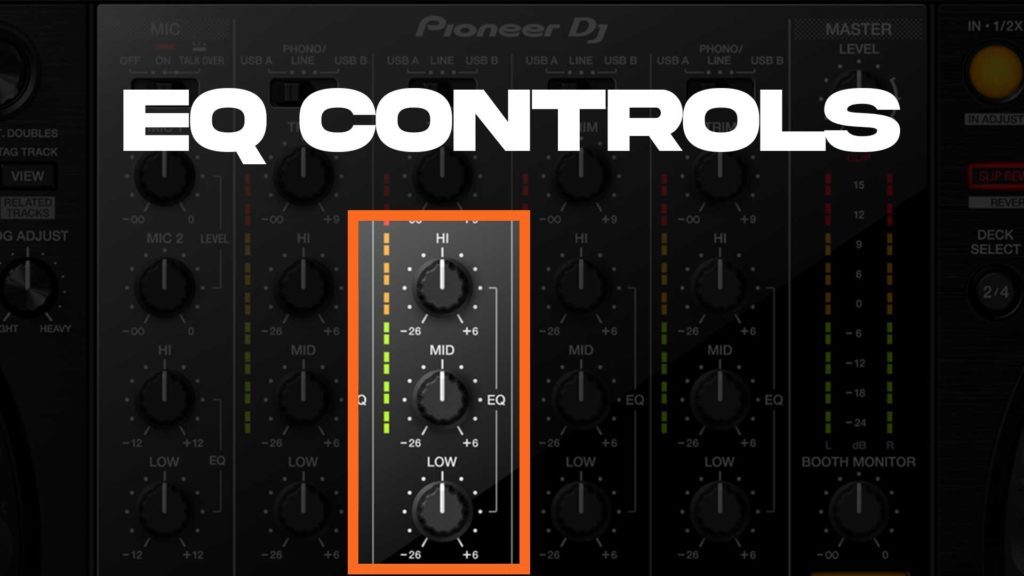
EQ controls are found on all DJ controllers and mixers.
We will use the mixer’s EQs to smooth out a vocal for looping, aiming for the vocal loop to sit firmly in the mid-range of sound. Next, the vocal loop will be mixed into a thumping kick drum from another track.
The kick drum needs to occupy only the bass block of sound. To do this, we will use the low pass filter to clear out all of the mid to high frequencies from the track. With the filter and the EQ set on the tracks, the audio frequency range is filled evenly without any clashes to upset the mix’s sound. The entire sonic spectrum is in mind with this transition!
As the mix continues, the low pass filter will gradually be removed from the thumping kick drum track to reveal its elements. Once the drop hits and the low pass filter is off, the vocal loop will slowly fade into the distance. This mindful way of using EQ to sculpt sound and harmoniously blend tracks has given house mixing a polished smoothness. DJs now possess studio-grade tools; the technique sounds more like a mini production than a DJ transition!
House Mixing Video Tutorial
The Technique, Broken Down
Here is a breakdown of this technique as demonstrated in our YouTube video, The Transition ALL HOUSE DJs Need To Know. The equipment used is a Pioneer DJ DDJ-1000 running rekordbox from a connected laptop.
The track chosen for the vocal loop is Daniel Stefanik – Deep Inside, a modern-day retouch of the 1993 house anthem by Hardrive. It is worth noting that this version still features the original vocal sample from Barbera Tucker’s Beautiful People. Another stone-cold classic house track, not officially released until a year after the track which sampled from it!
Vocal Looping & Dub Echo
This vocal is iconic! Using it to create a loop will get people ready to party! In the demonstration, an 8-beat vocal loop is activated when Deep Inside gets to its second break. This is where the iconic vocal is at its most stripped back. On the DDJ-1000, setting the loop is as simple as hitting the dedicated 4 BEAT LOOP button and then doubling it by pressing the OUT – 2X button immediately after.
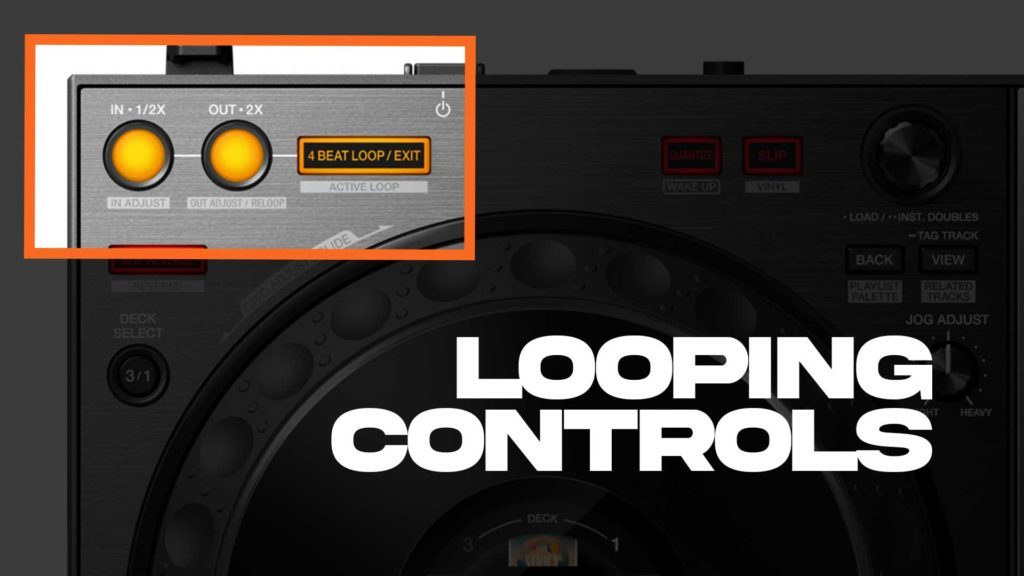
One of the most common modern features of DJ equipment, looping, allows you to capture a section of music and repeat it continuously.
The loop plays over a couple of times, establishing itself in the listener’s ear. A dub echo, Sound Color Effect, is then applied to the loop. To do this on the DDJ 1000, select the D.ECHO button from the SOUND COLOR FX section of the mixer. Then, once the effect is selected, twist the corresponding COLOR pot left or right to activate a low pass dub echo or a high pass one. Adding a dub echo to the loop demonstrates how you can spice things up when establishing a loop in your mix.
The track selected for the underlying kick drum is Sally G – OG Chunker. This was chosen because it has a strong driving percussion with a clean kick from the get-go. Perfect for just hitting play and getting that instant thump!
Using Filters To Shape The Sound
Before OG Chunker is ready for the blend, a low pass filter is applied to it to emphasise its deep lows by removing all mid to high frequencies within the track. To do this on the DDJ 1000, select the FILTER button from the SOUND COLOR FX section of the mixer. Then twist the corresponding COLOR pot to the left for the low pass filter to kick in. This frees up the midrange and treble for the mix. Applying the filter also means OG Chunker takes a volume drop, as it is losing elements that give to its overall power. To compensate, the volume TRIM pot is adjusted to the right, bringing the volume up in line with Deep Inside, keeping the mix balanced.
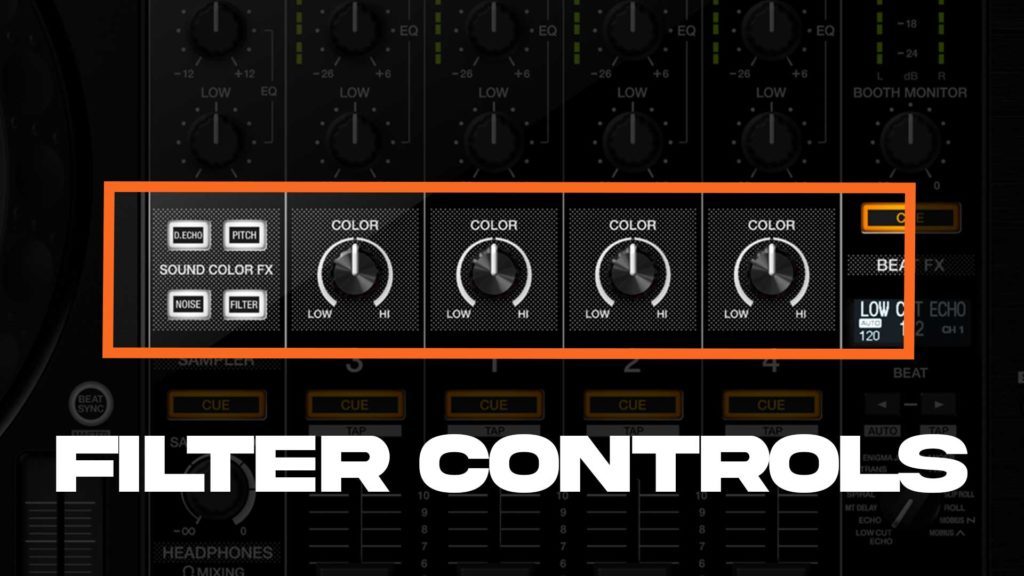
Nearly all house DJs will make use of the filters during their mixes.
Just as OG Chunker is introduced, a high pass filter is lightly applied to Deep Inside to remove a subtle bassline which may cause a frequency clash. To do this on the DDJ 1000, select the FILTER button from the SOUND COLOR FX section of the mixer. Then twist the corresponding COLOR pot to the right for the high pass filter to kick in. The filter is applied with speed, causing a resonance spike, adding tension. Then, the LOW EQ pot for Deep Inside is turned fully to the left, its lowest position. At the same time, the COLOR pot is repositioned to the centre; its off position. The result is both subtle and effective. OG Chunker immediately compensates for the loss of the bassline from Deep Inside with its thumping kick drum.
Now that the mix is in full swing, it’s time to start revealing elements of OG Chunker, which are barricaded behind the low pass filter.
As the COLOR pot is slowly turned to the off position, more high frequencies start to break through. At the same time, the volume TRIM pot is adjusted to the left. This compensates for the extra volume that the incoming higher frequencies are introducing to the mix.
Using Hot Cues
Next, a Hot Cue for the drop of OG Chunker is activated, and the fade-out process for Deep Inside begins. To do this on the DDJ-1000, the Hot Cue is most easily created in rekordbox ahead of time. To activate it, press the HOT CUE button on the PAD MODE section of the performance pads. Then hit the corresponding pad when the time comes.
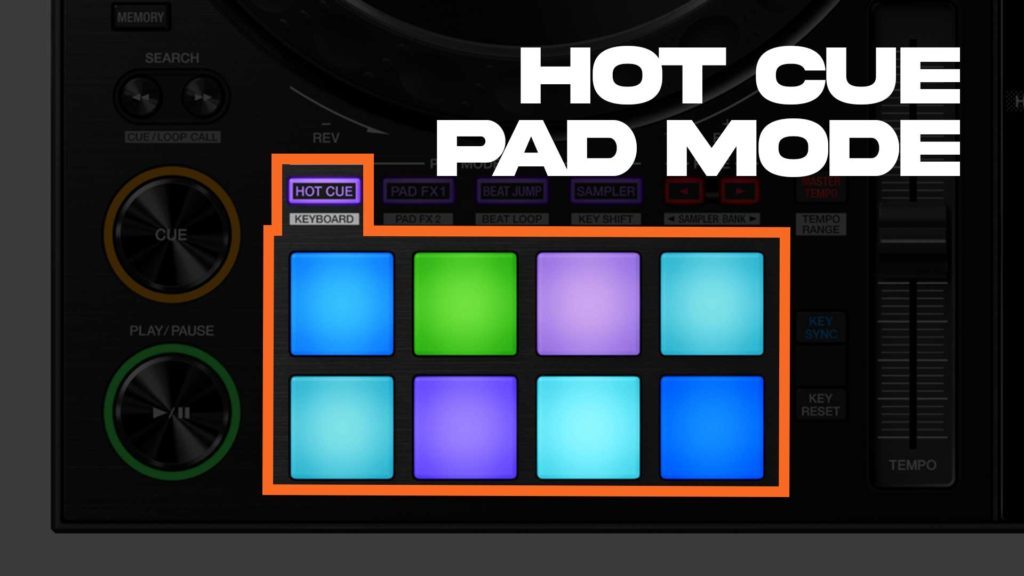
Hot cues are another helpful feature found on most modern DJ equipment. They allow DJs to jump to any point in the song quickly.
To conclude the mix, glancing at rekordbox’s high-resolution waveforms on the laptop screen quickly indicates when the following phrase for OG Chunker is coming. Once it arrives, the upfader for Deep Inside is pulled down, making a clean break for OG Chunker to breathe. And that’s that! The vibe is flowing, and the next track is ready for the choosing.
Preparing Music In Advance
This tight manoeuvre is only possible with good music library management and preparation. The Hot Cue for the drop of OG Chunker being prepared in advance is crucial to execute this transition.
This polished-sounding style of DJ mixing is a far cry from how loops and hot cues sounded when executed in their early years: In the CDJ mark-one days, looping on-the-fly would add heaps of time to a mix rather than trim away the fat and add polish. Loops could not easily be broken by jumping to a drop with a hot cue. In fact, up until 2009, hot cues had plenty of technical restrictions on CDJs, including the ability to only assign three to an entire CD full of music!
The Course
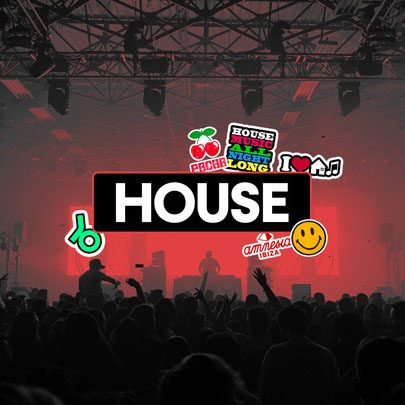
House Mixing DJ Course
9 hours
51 lessons
Intermediate
This technique and its breakdown are taken from our House Mixing DJ Course.
It is one of over 60 videos which teach step-by-step essentials for mixing all styles of house in a practical way.
We logically take you through everything, from getting house music into your DJ software to preparing a DJ set. Along the way, we delve into the theory behind mixing in key so you can put together harmonic blends. We break down mixing techniques that apply to any house sub-genre, including afro, funky, deep and tech. You will also learn contemporary practices such as cutting with the fader, mixing with acapellas and applying FX to your transitions!
Full consideration has been paid to the significance of the sound, style and impact that house music has in DJ sets and on people’s lives! The course is a celebration of all things house!
It quickly taps into the creative processes of dropping and mixing house music without any over-complications. In addition, students will enjoy three months of free access to the Beatport DJ’s streaming service, so you’ll be up, running and practising straight away!
Want to take your house mixing skills to the club?
Our Complete DJ Package can get you there!
With lifetime access to all our industry-certified courses and content, plus ongoing personalised support from the pros, we guarantee you’ll be mixing like never before within 60 days or your money back!

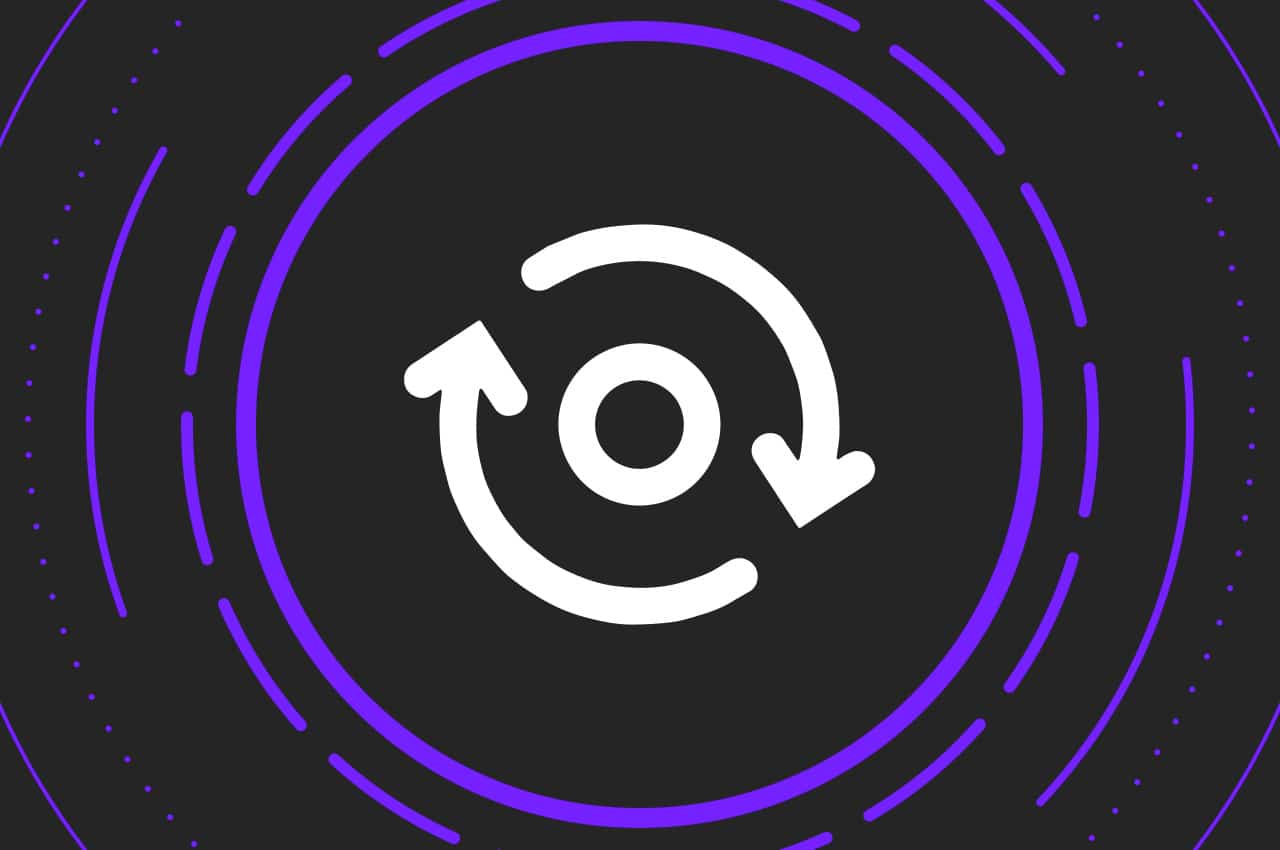
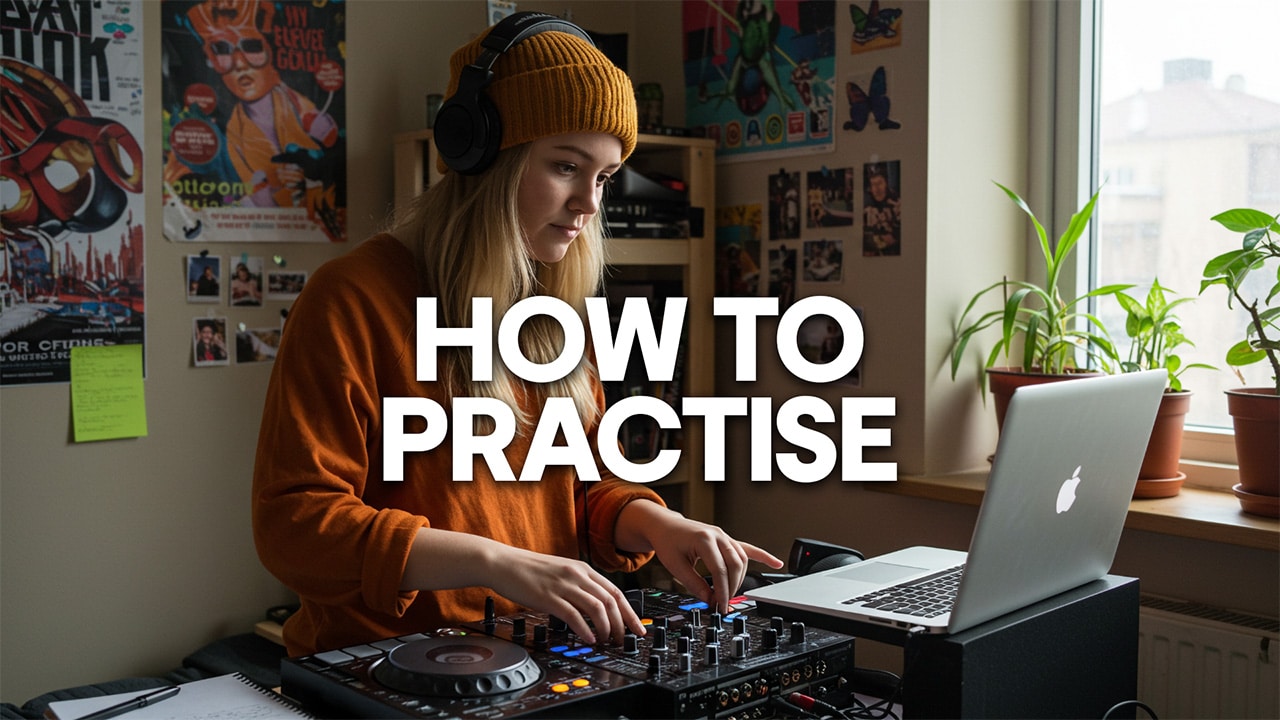
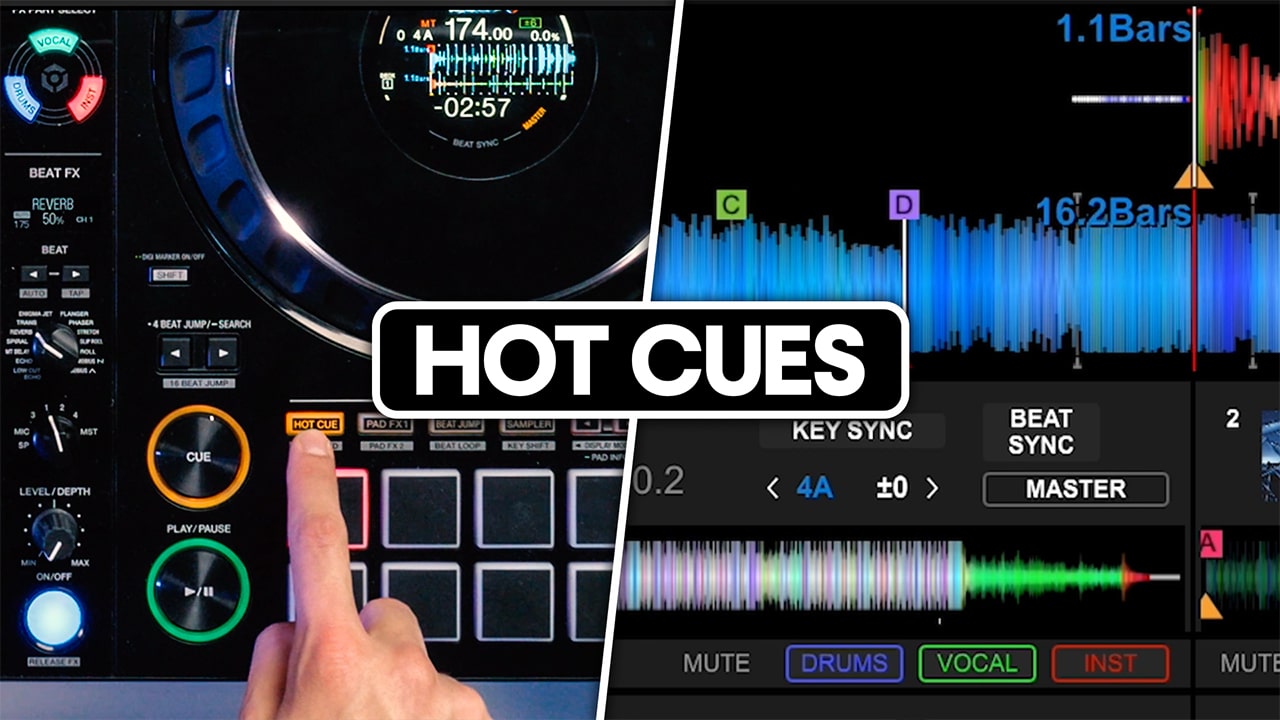
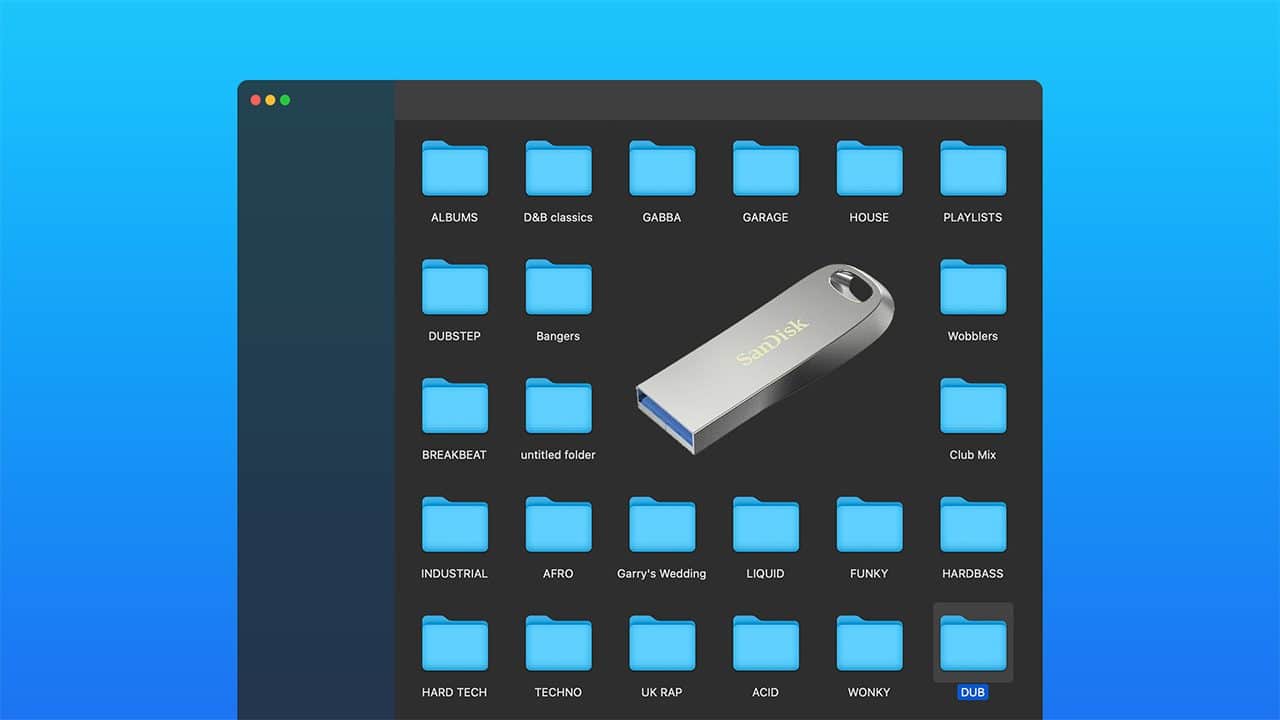
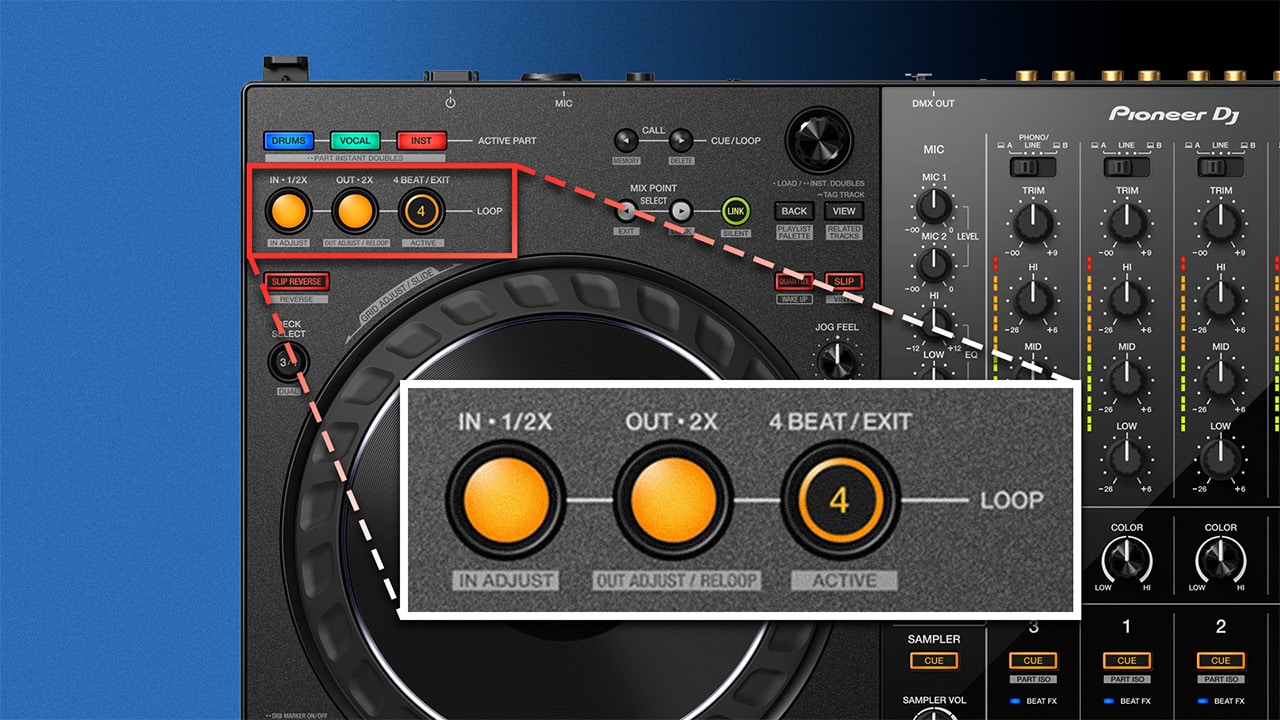
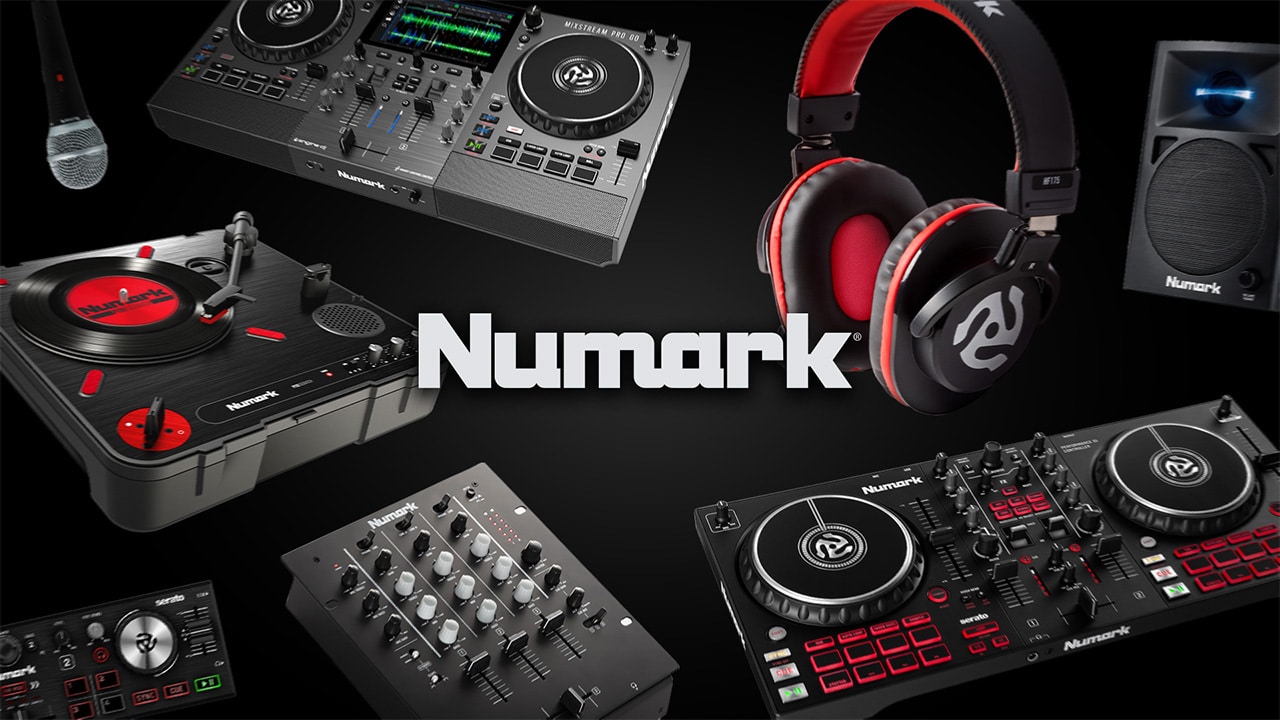
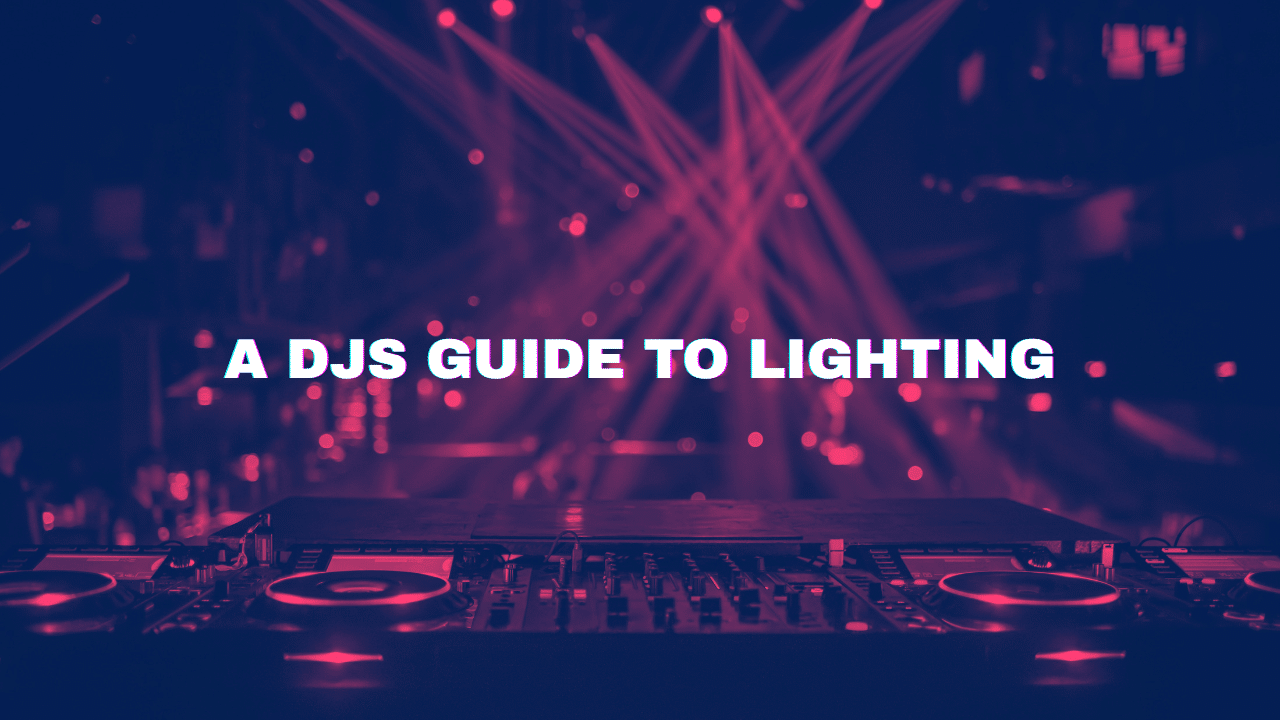
0 Comments